
In recent years head halters (or head collars) have become a popular choice for many owners and trainers. However, some people are confused if these tools would be the right fit for their dog.
Head collars can be useful to:
While there are a variety of head collars on the market today, all of them work on the premise of pressure - if your dog leaps about, or pulls ahead of you ?the straps on his nose and the back of his neck apply pressure and he learns to slow down. The concept is similar to the halters that horses wear.
A head halter is a safer and more humane choice than choke chains or prong collars. Not only will owners have more control over their dogs if they choose a halter, but they抣l keep them safe from tracheal injury from misuse of training collars.
Many dogs don抰 enjoy the feeling of the head halter at first, so it takes some conditioning to get them used to this new type of collar. Place a treat at the other side of the nose loop and as soon as your dog puts her nose through to get the treat, allow her to have it. Repeat this practice many times until your dog is more comfortable with putting her nose through the loop. Then fasten the strap ?more treats. Do not use force, but do try to distract your dog with the idea of a walk, more goodies or playtime with a favorite toy. Soon they抣l realize that this new collar means trips outside!
A head halter is not a solution, meaning you won抰 be able to one day take off the collar and your dog will be magically trained not to pull. However it will allow you the control of your dog and his focus so you抣l be able to work on training.
While head collars may be mistaken by the unknowing public for a muzzle, they absolutely do not act as one! A dog can still open his mouth, pant, lick you, eat, drink, or play ball with a properly fitted halter.
While head collars aren抰 a tool every dog will need, they抮e invaluable to the owners who have chosen them as part of their training methods.
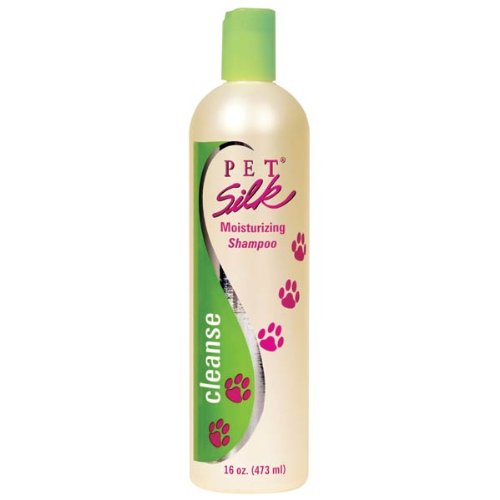 Pet Health Part 1
PlantLooks like a Cactus
Credit: Wiki
Pet Health Part 1
PlantLooks like a Cactus
Credit: Wiki
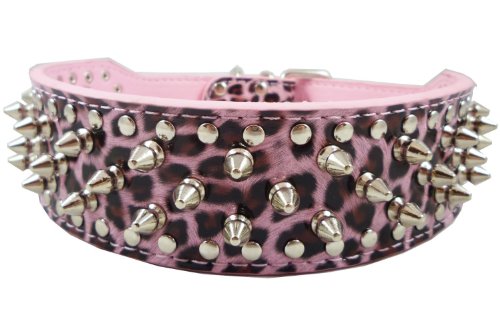 Designer Dog Collars
Your dog can be stylish too!
Designer Dog Collars
Your dog can be stylish too!
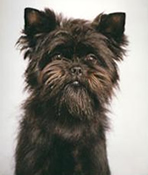 The Evolution of Dogs: 5 critical steps in the evolution of the modern dog
5 Critical Steps in the Evolution of Dogs
The history of o
The Evolution of Dogs: 5 critical steps in the evolution of the modern dog
5 Critical Steps in the Evolution of Dogs
The history of o
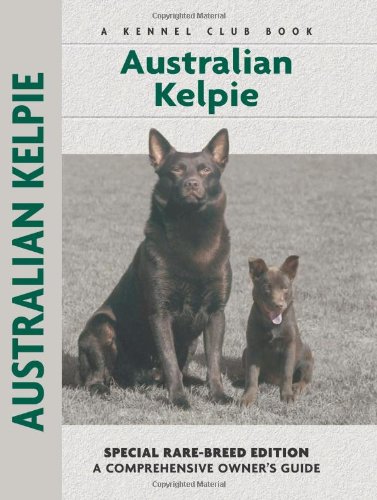 Casterton Working Kelpie Muster
Herding Dogs - KelpiesAustra
Casterton Working Kelpie Muster
Herding Dogs - KelpiesAustra
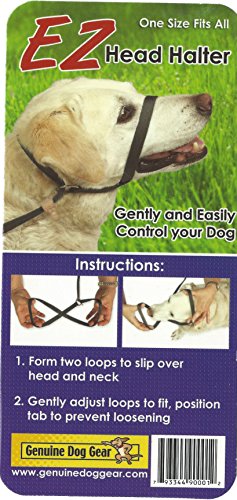 Are Gentle Leaders Really Gentle?
A decade or so ago a new typ
Are Gentle Leaders Really Gentle?
A decade or so ago a new typ
Copyright © 2005-2016 Pet Information All Rights Reserved
Contact us: www162date@outlook.com